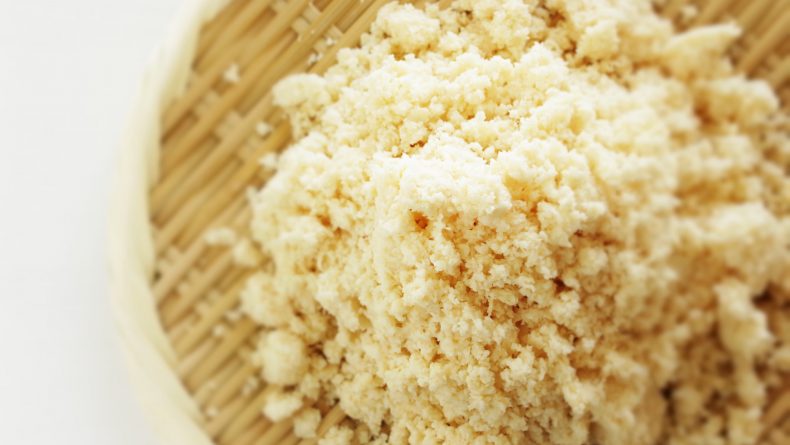Do You Know What This Is? Hakusai
Meat-stuffed cabbage rolls
You've seen this cabbage-like vegetable on sale in your local supermarket. But do you know what it is? And more importantly do you know what to do with it? Low calorie and full of nutritional goodness, try this recipe for a cheap but oh-so comforting winter treat!
During the cold winter, Japanese warm themselves from the inside out by consuming mounds of one specific vegetable. Chinese cabbage, hakusai (白菜, literally “white vegetable”), is at the heart of every Japanese winter comfort food. From steaming nabe (hot-pots) to gyoza (dumpling) fillings, to belly-warming soups, hakusai is present for almost every winter food occasion. In fact, yours truly is craving a stuffed cabbage roll (see below) at this very moment.

In great demand…for a good reason
After daikon and onion, hakusai is Japan’s third-most consumed vegetable today. My Israeli friend Lifa, who comes from a very hot climate, describes hakusai as “tough b****rds”. This is because the vegetable can happily last for the entirety of a very harsh winter. Snow, hail, frost and all. In fact, the vegetable’s sweetness is intensified when the leaves frost over — making their best season November to February.
Hakusai […] is at the heart of every Japanese winter comfort food.
As for the vegetable itself, hakusai are around 96 percent water. This means, they’re incredibly low in calories and thus perfect for dieters. Also, they make a great natural cold medicine because of their high water content (which helps loosen congestion and stop dehydration from all that sniffling).

Where there’s winter, there’s hakusai
My Japanese friend Akiko tells me she grew up eating hakusai two to three times a week during the Japanese winters. “In the winter, hakusai was always in the kitchen,” she says.
An easy cooking ingredient, Akiko’s mother would cut and cook the versatile vegetable at the dinner table itself without having to stand and prepare it in their cold kitchen. Their family would eat it with pork, chicken, fish, crabs, oysters and shrimps. Nowadays Akiko sees a lot of packages and soup cubes containing hakusai flavor including sesame, soy milk, kimchi, curry, milk, cheese and tomato combinations. It really is everywhere.
Plus, hakusai is also the ever popular Korean kimchi’s main ingredient — another winter favorite in both Korea and Japan. As I said, there is no place where this vegetable won’t appear!

The best part? It’s super cheap
Aki ended her ode to Chinese cabbage to me by saying that “honestly, that’s what you can get for cheap in the winter, so I eat a lot!” To this, I can personally attest. During my time in the Japanese countryside, I saw a lot and I mean, A LOT of it. My neighbors were literally drowning in hakusai and begged me to take some of theirs for free.
My friend Yuko, once prepared me the most delicious stuffed rolled cabbage, a popular Japanese comfort food which derives from Middle Eastern dolmeh. (Yes, I will take any opportunity to link everything good back to my heritage.) You’ll find these bad boys in konbini oden, hotpots and on izakaya menus. The ultimate winter crowd-pleaser and a staple of yoshoku (Western-style Japanese food), they’re incredibly simple to make. You can add different vegetables or mushrooms to the stuffing, and flavor as you like.
Hakusai Recipe: Stuffed Cabbage Rolls
 © Photo by kattebelletje
© Photo by kattebelletje
Ingredients
1 hakusai
1/2 large onion
2 packs (=450g in total) of ground pork
1 carrot
A handful of mushrooms
1/3 cup of panko breadcrumbs
1 tablespoon flour
2 cups chicken consomme
1 tablespoon soy sauce
Method
Remove the tough center part of the hakusai but keep the rest whole. Add it to salted boiling water. Boil until the leaves soften and start to peel off (about 5 minutes). Take out and leave to cool.
Mince onions, carrot, and mushrooms. You can sautee these in a pan to soften them if you like (I’m all about the fast food get-in-my-belly, so I skip this step).
Mix the onions, carrot and mushrooms together with the ground pork and panko breadcrumbs. Add a little water or milk to make it sticky, and season liberally. Divide the mixture into equal portions.
Separate your hakusai leaves, cutting off the thick bottom part to make it easier for rolling (you can add these leftover bits to tomorrow’s nabe). Dust each leaf lightly with flour (this helps the meat mixture stick to the leaf). Put the meat mixture at the stem end of the leaf and roll baby roll. Secure with a toothpick.
In a large pot, add the chicken consomme and soy sauce. Place the cabbage rolls carefully on the bottom, and simmer on a medium heat for about 20 minutes. When it’s ready, carefully remove each roll with tongs and you’re ready to stuff yourself silly!















